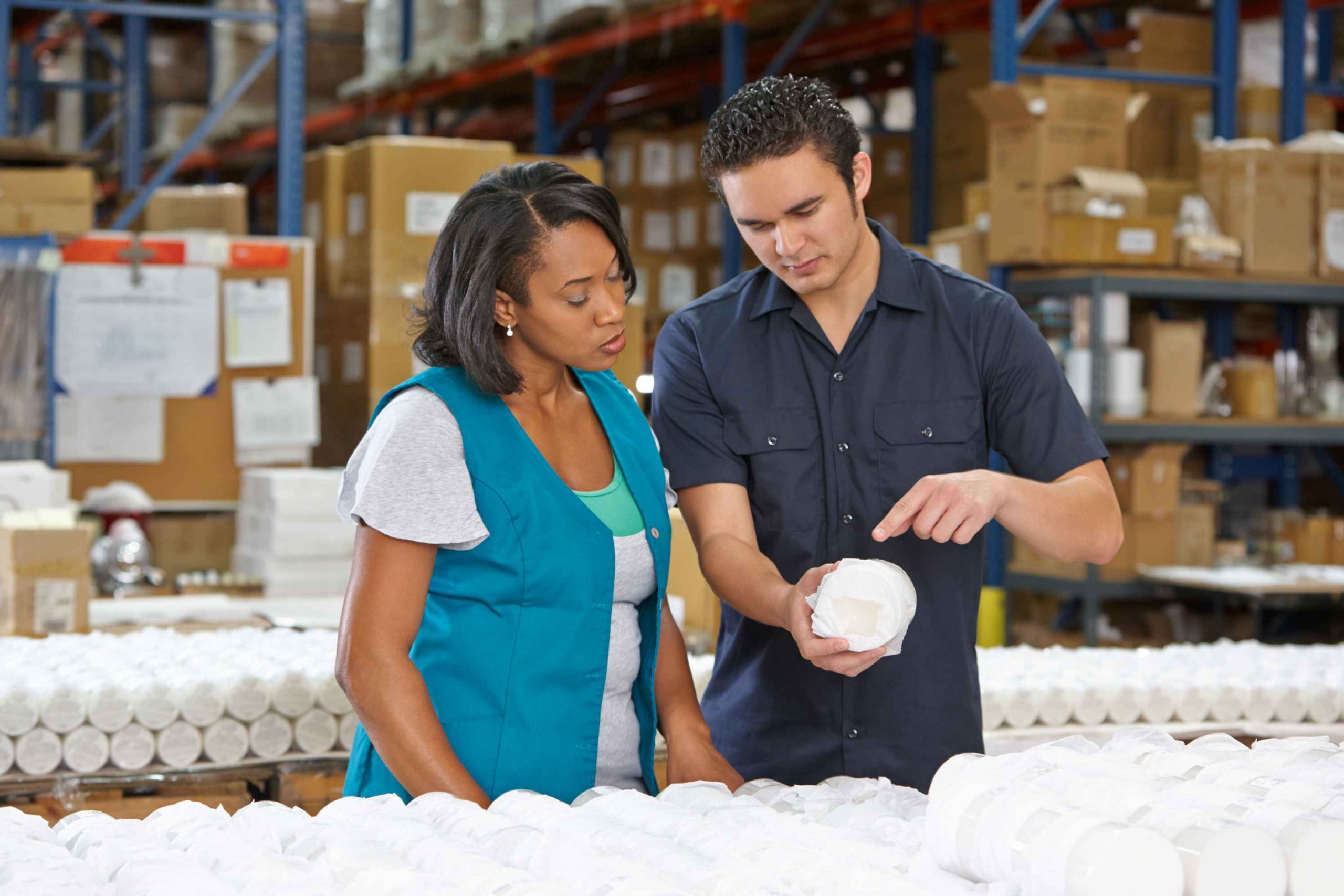What are the Costs of a Dangerous Warehouse?
Operating in a dangerous warehouse is the fastest way to make sure that your business fails. Without regular pallet racking inspections, your warehouse ceases to be a storage solution and instead becomes a storage problem. How much does all of this cost a business? Is it something that you can even measure in dollars, pounds, or euros?
Bad Safety Unravels Trust
An unsafe warehouse can be like a jumper with frayed cotton threads. If you pull just one loose end, then the whole thing can start to unravel. After the disastrous explosion in the warehouse in Tianjin, Greenpeace began investigating more warehouses in the same region. This mistrust is fatal for businesses and, in this case, the mistrust was entirely appropriate as the investigations led to the discovery of more warehouses violating rules on toxic materials.
Racking Inspection Courses and Pallet Racking Inspections vs. Cutting Corners
The government recommends that warehouses undergo a SEMA approved pallet racking inspection at least once a year and that every warehouse employs “technically competent” staff. Racking inspection training is a great way to ensure that your staff are “technically competent”. Investing a little money in racking inspection and racking inspection training is a much better use of your finances than spending a huge amount of money dealing with an inefficient warehouse, or worse, a workplace accident.
For this reason, it makes no sense to cut corners on safety training. Ignoring HSE advice is dangerous, expensive, and makes your warehouse harder to use. By contrast, staff who are “technically competent” are better at their job, as well as safer. Investing in your staff will earn you money in the long term, leaving them untrained will cost you big.
The Cold Hard Facts
The human and economic costs of dangerous British businesses are enormous. According to HSE’s most recent figures, 142 people were killed at work last year and 1.2 million people are currently suffering from a work related illness or injury. The monetary cost, of course, is not as important as the human cost. Though, at £14.3 billion per year, it is yet another reason why businesses should invest in safe workplace practice and safe warehouses.
Don’t let a dangerous warehouse cost your business. Call Storage Equipment Experts Ltd for a racking inspection training course from a SEMA qualified racking inspector.










